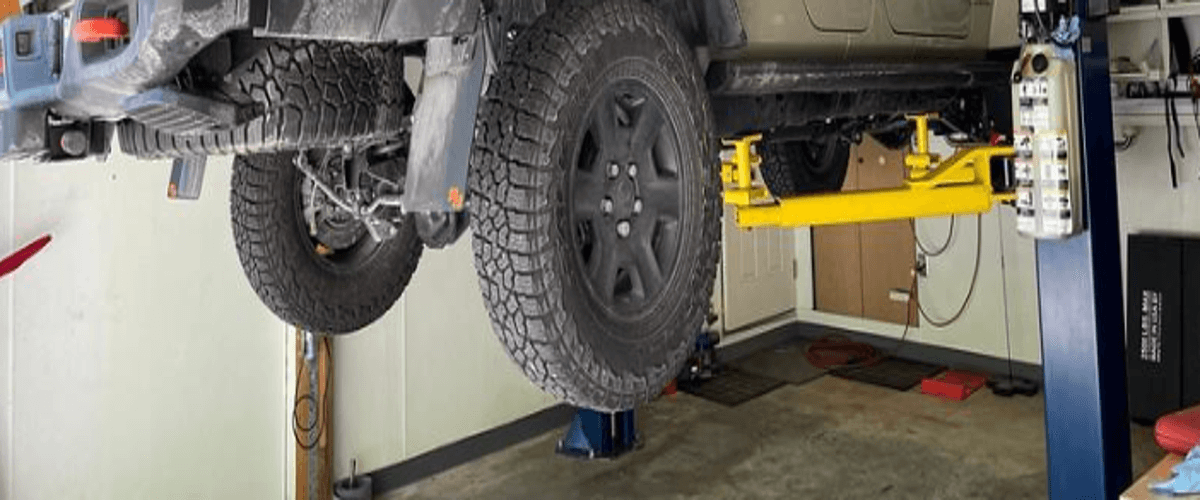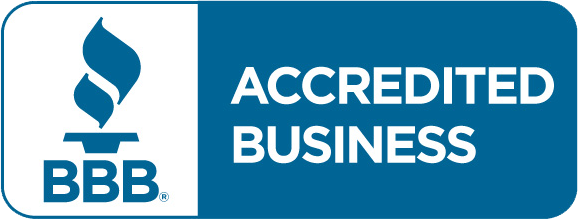If you’ve ever tried to change a tire or crawl under your car, the first question is always the same: where do I put the jack? Put it in the wrong spot and you can bend metal or worse, have the car slip off the jack. Get it right, and the job is quick and safe. This guide lays it out in plain English so you know exactly where to jack up a car without guessing.
Jack Points on a Car (Quick Answer)
Most cars have four main spots. Look just behind the front wheels and just in front of the rear wheels along the pinch weld seam. Those areas are beefed up from the factory to take the load. A lot of times you’ll see a notch or thicker seam there—that’s your signal. For trucks and SUVs with frames, the frame rails may be safe, but only if your manual says so.
Some cars, especially rear-wheel drive, let you pick the whole front or rear up at once. That might be a front or rear crossmember or the rear differential. But here’s the deal: don’t guess. If your owner’s manual doesn’t call it out, don’t use it. Manuals are written that way for a reason.
When lifting with a two-post lift, always line the arms up with the manufacturer’s recommended car lift points. Most vehicles will have diagrams in the owner’s manual showing exactly where the arms should sit under the frame or reinforced spots. Once the arms are in place, raise the vehicle a few inches off the ground and give it a good shake—this “stability check” makes sure nothing shifts before you go all the way up. Skipping this step is one of the easiest mistakes to avoid. Once confirmed, lift the car to working height and double-check that all four arms are still solidly engaged. You are now safely using your car lift.

- Park on solid ground. Concrete is best. Asphalt can sink under the jack, especially in the heat.
- Secure the car. Put it in Park (or first gear), set the brake, and chock the wheels that stay down.
- Find the right point. Use the pinch weld notch, frame rail, or a center point if the manual says it’s okay.
- Line up the jack. Center it on the spot. Use a rubber pad if you’re going on a pinch weld so it doesn’t fold.
- Lift slow. Watch that the car rises even and the jack stays straight.
- Set jack stands. Drop the car gently onto stands at proper points. Don’t trust the jack alone.
- Shake check. Give the car a good shove before you crawl under. If it wobbles, fix it.
- Use jack stands every time.
- Use rubber jack pads on pinch welds.
- Chock the wheels and set the brake.
- Follow the manual for lift points.
- Don’t jack under suspension arms or exhaust.
- Don’t crawl under a car sitting only on a jack.
- Don’t guess at a “strong” spot.
- Don’t skip the shake test.
- Low-slung cars: Use a low-profile jack or ramps first so you can reach the points.
- EVs and hybrids: Many have special pads—never jack under the battery.
- Two-post lifts: Put arms where the manual diagram shows, then do a quick shake check before lifting high.
- Rusty welds: If a seam looks bent or crusty, skip it and find another approved point.
- Skipping the manual. Center points vary by car.
- Lifting on asphalt. It can sink and tip your stands.
- Putting stands in the wrong spot. They need to be on reinforced areas too.
- Rushing. Take the extra minute to check stability—it beats fixing bent rocker panels.
Safe lifting comes down to one thing: use the right spots. Behind the front wheels, ahead of the rears, or center points if your manual says so. Always use stands, always chock your wheels, and always give it a shake before crawling under. Follow those steps and you’ll be safe every time you need to jack your car up.
See Also:



